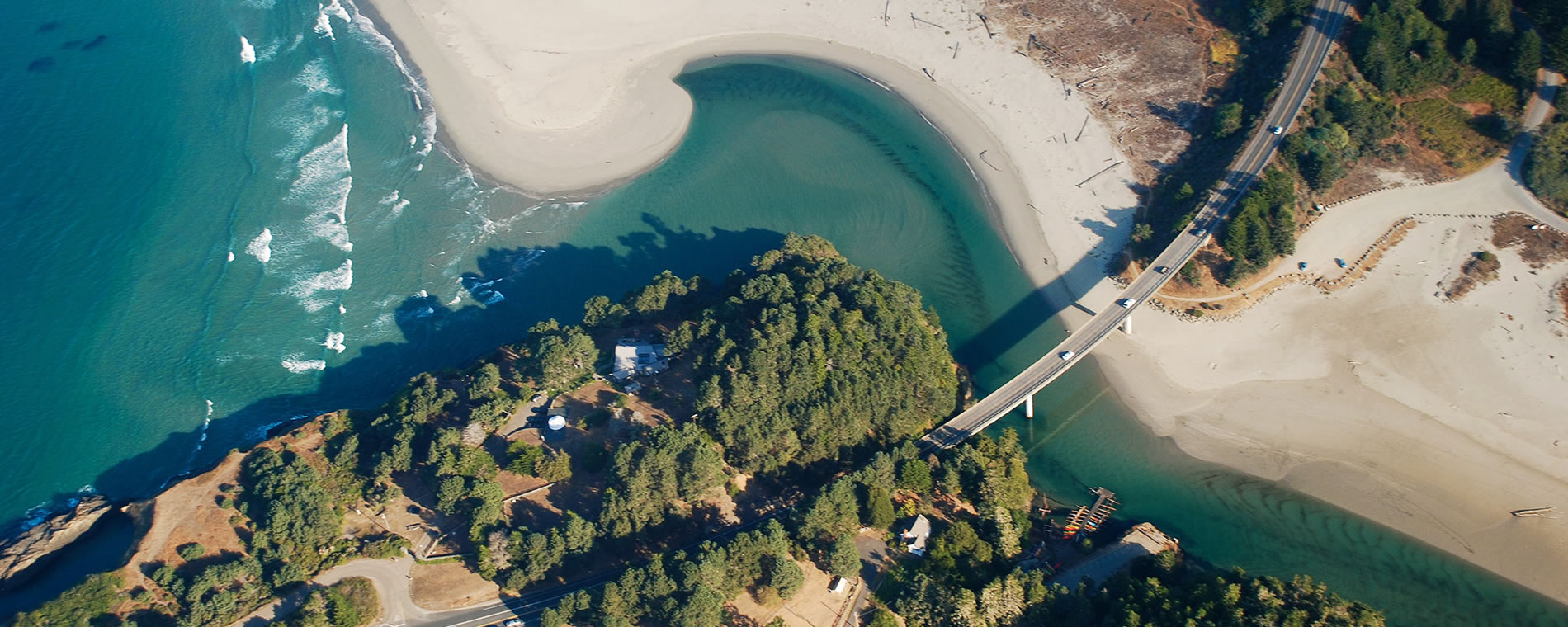Overview
ABOUT CATCH A CANOE & BICYCLES, TOO
Established in 1972, Catch a Canoe & Bicycles, Too! continues to provide a wide selection of redwood outriggers, canoes, kayaks, and bicycles for exploring beautiful Big River and beyond. Originally The Mendocino Yacht and Canoe Club, we are the coast’s only full-service outdoor shop, providing rentals, sales and service year-round for visitors and locals alike.
A part of The Stanford Inn By The Sea — Mendocino’s premier eco resort, Catch a Canoe & Bicycles Too occupies the only privately owned land on the eight-mile Big River estuary. This 7,500 acre tract, now Big River State Park, was purchased in 2002 through the efforts of numerous state, federal, and nonprofit organizations, as well as thousands of private donors.
Today, the Mendocino Land Trust works in partnership with the California Department of Parks and Recreation to manage and protect this valuable and beautiful area.

TIDES, WIND AND WEATHER
Big River Estuary is 8.3 miles long during the highest tides, this makes it the 2nd longest in California. As the ocean rises and falls due to the moons gravity (and to a lesser extent the suns gravity,) water spills into Big River and then recedes, with a directional switch in the flow about every 6 hours. The speed of the tidal flow is dependent on the difference between the high and low tides. A small difference yields a slow moving tide, while a big difference will flow faster. The average difference or swing is about 5 feet which produces a current of about 1.5 mph. Slow tides can be less than 1mph, while fast tides can approach 3mph. What it all means is it’s usually best to contact us to find out the tidal conditions on the day you’d like to paddle. Every day has it’s own tidal story which ranges from anytime is good to you should arrive at a specific time for the easiest experience.
Wind is also a factor in ease of paddling. Mornings are less windy, while afternoons usually see an increase. Prevailing winds are from the northwest creating a tailwind during the first leg and a headwind during the return. Spring and summer typically have stronger wind than fall and winter. Beyond the 2 mile point winds usually die down and the river becomes glassy.
Summer time highs range from about 60 to 75 degrees, while wintertime highs are usually in the fifties. The California rainy season is from November through April and rain may happen, but we remain open for those who don a rain jacket and want to get out on the water.
Other times of the year it may be foggy on the coast and clear upriver to the east. Hot tip—canoeing in the rain can be a magical experience!
Dress like an onion so you can peel off the layers when it warms up, or put them back on if it cools down. Fleece and a windbreaker works well. We loan out complimentary dry bags on request.

